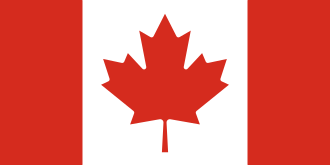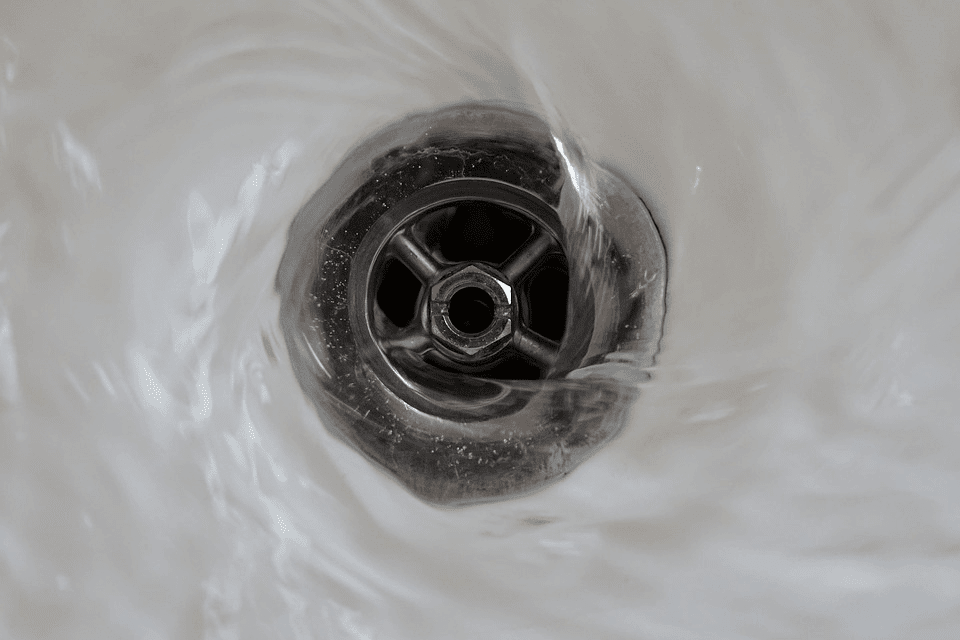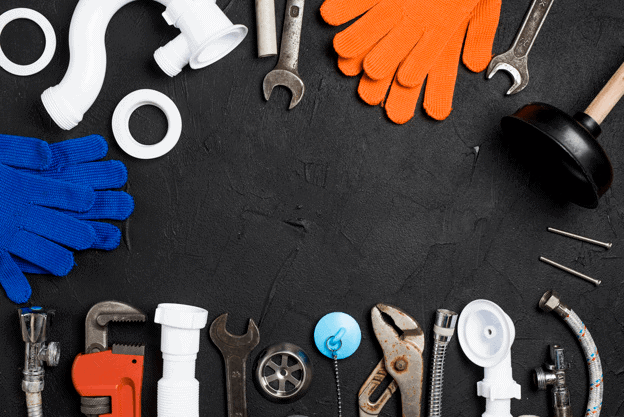Dealing with a plumbing emergency can be overwhelming, especially when water is flooding or sewage backs up into your home. This emergency plumbing guide will walk you through what to do in a plumbing emergency, so you can act quickly and avoid major damage. Whether you’re in Toronto, Vaughan, or Mississauga, these steps will surely help.
Understanding a Plumbing Emergency
Not every plumbing issue is an emergency. Here’s how to tell:
Burst Pipes and Water Leaks
A burst pipe can discharge gallons of water within minutes, causing structural damage. Signs include water stains, bubbling paint, or visible spraying.
Overflowing Toilets and Sewage Backup
If a toilet overflows repeatedly or sewage is coming up from drains, this is a sanitation emergency. Immediate action is critical.
Frozen Pipes (Canada-specific)
In Canadian winters, water inside uninsulated pipes can freeze and expand, leading to pipe bursts. If you notice no water from taps during cold weather, it could be due to pipes freezing.
No Water Pressure or Drainage
If water isn’t coming through your faucets or drains are backing up, it may indicate a serious blockage or failure in your home’s plumbing system.
First Things First: Immediate Actions to Take
Shut Off the Main Water Valve Safely
Locate and shut off your main valve, usually found in the basement, utility room, or near the water meter. Turn clockwise to stop the water supply.
Turn Off the Water Heater and Electrical Appliances
Switch off your water heater and unplug nearby appliances to prevent electrocution and further water damage.
Prevent Further Flooding or Damage
Use buckets, towels, or wet/dry vacs to soak up water. If safe, open drains and faucets to reduce pressure in the pipes.
Ensure Family and Pet Safety
Keep pets and kids away from the affected area. If floodwater comes into contact with outlets or wiring, leave the area immediately and shut off the electricity.
Temporary Fixes Before the Plumber Arrives
Duct Tape and Pipe Epoxy for Leaks
Wrap duct tape around small pipe cracks as a temporary fix. Epoxy putty can be molded around leaks for a stronger seal.
Using Buckets, Towels, and Clamps
Catch dripping water with buckets and contain the mess with towels. Pipe clamps can hold until the plumber gets there.
Clearing Blocked Drains with Natural Solutions
Use a plunger or pour a baking soda-vinegar mix down partially blocked drains. Do NOT use chemical drain cleaners.
Emergency Shutoff for Toilets and Faucets
Turn off the valve behind the toilet or under sinks to stop water flow. This prevents additional leaks or flooding.
When to Call a Professional Plumber
Signs That Require Immediate Professional Help
- Gushing water
- Multiple drains are backing up
- Strong sewage smell
- Frozen or burst pipes
- No water supply
24/7 Emergency Plumbing Services in Canada
Find a licensed plumber in Canada offering 24/7 plumbing services in your city. Most operate in major hubs like Toronto, Brampton, and Markham.
What Information to Provide the Plumber
- Location and type of issue
- What you’ve already done
- Time of occurrence
- Any visible signs like pooling, smells, or noises
DIY Repairs You Should Avoid
Gas Line or Water Heater Fixes
These systems are dangerous. Leave them to certified technicians.
Major Drainage or Sewer Work
You need permits and specialized tools to legally and safely address these systems.
Modifying Code-Sensitive Pipes Without Permits
This can void warranties and even your home insurance.
Preventing Future Plumbing Emergencies
Regular Inspections & Leak Detection Devices
Schedule annual plumbing inspections. Install smart leak detection systems that alert you early.
Winterizing Pipes in Cold Regions
Insulate visible pipes, remove any attached outdoor hoses, and open under-sink cabinets to allow warm airflow.
Drain Care and Flushing Practices
Don’t pour grease, hair, or food down drains. Install mesh drain covers and clean your drains with hot water every month to prevent clogs.
Upgrading to PEX or Smart Plumbing Systems
Consider PEX piping or smart systems that shut water off automatically when leaks are detected.
How Insurance Covers Plumbing Emergencies in Canada
What’s Typically Covered vs Not
- Covered: Sudden, accidental damage (e.g., burst pipes)
- Not Covered: Gradual leaks, lack of maintenance, or code violations
When Insurance Denies Your Claim
Insurance claims may be rejected if there are no service records, unauthorized plumbing work, or incorrect DIY fixes.
Tips to Maximize Your Claim Process
- Take pictures
- Call the insurer right away
- Get documentation from your plumber
Creating a Home Emergency Plumbing Kit
Essential Tools to Include
- Pipe wrench
- Plumber’s tape
- Flashlight
- Adjustable pliers
- Towels
- Buckets
Everyday Household Items That Can Be Surprisingly Handy in Emergencies
- Duct tape
- Epoxy putty
- Wet/dry vac
Printable Checklist Download
Create a checklist to keep handy or hang it in your utility room.
Frequently Asked Questions (FAQs)
What is considered a plumbing emergency in Canada?
A situation that can damage property or pose a health risk, burst pipes, sewage backup, flooding, etc.
Should I call 911 for a plumbing issue?
No. Instead, get in touch with a licensed emergency plumber in Toronto or anywhere in Canada near you, such as in Toronto or your specific location. Dial 911 only in case of an electrical hazard or personal injury.
Can frozen pipes fix themselves?
No. Frozen pipes tend to split or leak once they begin to thaw out.
Will insurance cover my emergency plumber visit?
Only if it’s sudden and unavoidable, gradual wear and tear usually isn’t covered.
Final Thoughts: Stay Calm and Be Prepared
A plumbing emergency can be overwhelming, but knowing the right steps can limit damage and help you recover faster. Act quickly: shut off water, call an emergency plumber, and protect your home. For homeowners in Toronto, Mississauga, Markham, Scarborough, and nearby cities, help is just a call away.
Want peace of mind? Schedule a preventative inspection, build an emergency kit, and explore waterproofing solutions to avoid future disasters.



